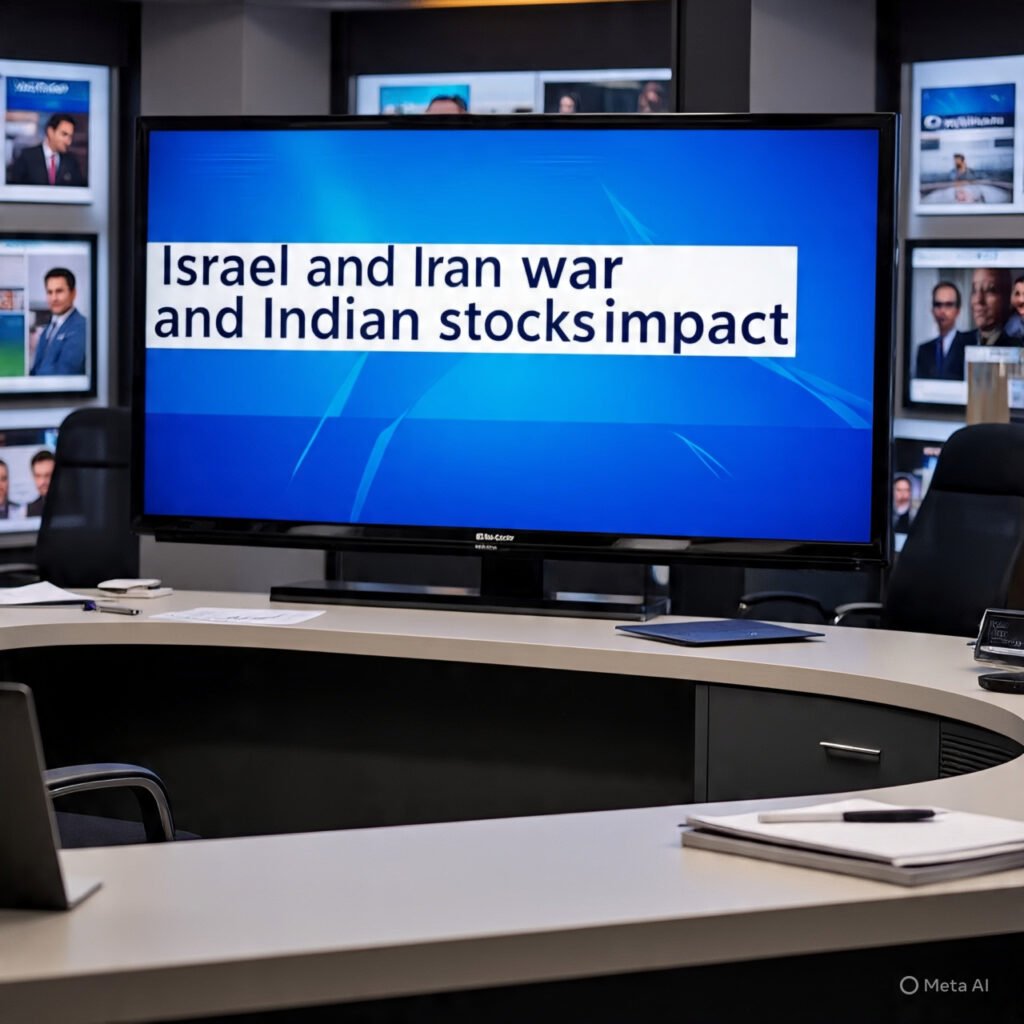
Financial Performance (Q4 FY25 and Full Year FY25) MBAPL share price
MBAPL past quarter result analysis Q3 FY245
MBAPL delivered strong financial and operational results in Q4 FY25 (January–March 2025) and for the full year FY25, outperforming industry growth and peers.
MBAPL Business Overview & Product Breakup
| Aspect | Details |
|---|---|
| Core Business | Manufacturer of phosphatic fertilizers: Single Super Phosphate (SSP) and NPK/DAP-based fertilizers |
| Group | Part of the Ostwal Group of Industries |
| Key Products | SSP, NPK, DAP; New launches: Urea SSP, Annadata Super 6 (Zinc, Boron, Magnesium), Annadata Zibo |
| Backward Integration | Rock phosphate beneficiation, in-house phosphoric and sulfuric acid production |
Q4 FY25 Financial Highlights
- Revenue: Rs. 297 crore, up 103.7% YoY and 4.6% sequentially from Q3 FY25 (Rs. 283.7 crore).
- EBITDA: Rs. 36 crore, up 155.3% YoY, with a margin of 12.1% (vs. 13.9% in Q3 FY25).
- Profit After Tax (PAT): Rs. 14 crore, up 984.6% YoY, with a PAT margin of 4.8% (vs. 6.3% in Q3 FY25, based on Rs. 17.9 crore PAT on Rs. 283.7 crore revenue).
- EBITDA per ton: Rs. 4,698, slightly up from Rs. 4,647 in Q3 FY25, reflecting sustained operational efficiency.
Q4 FY25 Operational Highlights
- SSP Sales: 39,723 metric tons, up 21.2% YoY, with capacity utilization improving to 79% from 65% in Q4 FY24.
- NPK/DAP Sales: 36,909 metric tons, up 42.3% YoY, with utilization at 64% (vs. 53% in FY24).
- Market Share: MBAPL holds 9% and 19% market share in SSP in Madhya Pradesh and Chhattisgarh, respectively.
Full Year FY25 Financial Highlights
- Revenue: Rs. 1,059 crore, up 29.7% YoY from Rs. 817 crore in FY24.
- EBITDA: Rs. 146 crore, up 51.4% YoY, with a stable margin of 13.7% (vs. 11.8% in FY24, inferred from Q3 commentary and industry trends).
- PAT: Rs. 57 crore, up 132% YoY, with a PAT margin of 5.4%.
- EBITDA per ton: Rs. 4,287, lower than Q3 (Rs. 4,647) and Q4 (Rs. 4,698) due to seasonal variations but reflecting consistent efficiency.
- Net Debt: Rs. 307 crore as of March 31, 2025, up from Rs. 278 crore in FY24, driven by growth investments.
- Subsidy Receivables: Rs. 127 crore, up from Rs. 77 crore in Q3 FY25 and Rs. 106 crore in FY24, indicating delayed subsidy disbursements.
Summary table capturing quick must read points for eagle eye view on MBAPL share progress share in con call
| Parameter | Details |
|---|---|
| Latest Quarter Revenue (₹ Cr) | ₹297 Cr (Q4 FY25) |
| Latest PAT (₹ Cr) | ₹14 Cr |
| YoY Revenue Growth (%) | 103.7% YoY |
| EBITDA Margin (%) | 12.1% (Q4), 13.7% (FY25 full year) |
| Key Performance Indicators | – EBITDA/ton: ₹4,698 (Q4) – SSP capacity utilization: 79% – NPK/DAP capacity utilization: 64% – PAT Margin: 4.8% (Q4) |
| Moat | – Backward integration (in-house phosphoric acid, sulfuric acid, BRP) – Rock phosphate beneficiation plant (unique in India) – Cost leadership and lowest capex per ton |
| Key Catalysts | – Dhule plant (3.3 lakh TPA) – Phosphoric & sulfuric acid capacity expansion – Value-added product launches (Annadata range) – Govt. subsidy hikes on SSP & NPK |
| What to Track Next | – Execution of Dhule plant (on track for Oct-26) – Margin improvement with backward integration – SSP/NPK volume ramp-up |
| Guidance vs. Actual | FY25: PAT +132% YoY vs prior subdued base FY26: 15% revenue growth guided; EBITDA margin stable/improving |
| Red Flags / Risks | – Net debt rising (₹307 Cr) – Working capital blocked in subsidy (₹127 Cr) – Capex execution risks |
| FY27 Sales Target (Est.) | Additional ₹800–1,000 Cr from Dhule plant at 60–100% utilization |
| Profit or Revenue Doubling Potential? | Yes, profit has already doubled YoY; revenue can double by FY27-28 if capex executes well |
| Valuation Multiple (P/E) | PE 63 |
| Debt/Equity | Term loan sanctioned: ₹202 Cr for phase 1 of ₹350 Cr capex; Net debt ₹307 Cr as of Mar-25; equity raise (QIP) planned |
| Export Opportunity | Limited; mostly domestic-focused; no mention of exports |
| Domestic Demand Tailwind | Strong: Fertilizer subsidy policy stable; farmer demand for SSP/NPK increasing; govt. support (42% SSP subsidy hike) |
| Management Quality | Strong execution track record; clarity in expansion plans; credible responses during concall |
| Governance Flags? | None observed in call; all related-party trades (e.g., rock phosphate) said to be at arm’s length |
| Recent Analyst Call Summary | Focused Q&A on subsidy dynamics, EBITDA drivers, capex execution, and working capital; no evasive responses |
| Dividend Payout | Not discussed in concall; likely reinvesting due to capex-heavy phase |
| In-Pipeline Capex | – Dhule Plant (₹550 Cr) – Sulfuric Acid Expansion (₹100 Cr at Sagar) |
| Capex Completion / Go-Live | – Dhule: Oct 2026 – Sulfuric Acid: Mar 2026 – Phosphoric Acid (Sagar): Completed Mar 2025 |
Full Year FY25 Operational Highlights
- SSP Sales: 183,028 metric tons, up 12% YoY from 162,970 metric tons, with 73% utilization.
- NPK Sales: 156,346 metric tons, up 22% YoY from 127,648 metric tons, with utilization rising to 64% from 53%.
- Volume Growth: MBAPL’s 17% volume growth outperformed the phosphatic fertilizer industry’s 7.5% growth (excluding MOP), driven by strong NPK demand.
Comparison with Q3 FY25
- Revenue Growth: Q4 revenue (Rs. 297 crore) grew 4.6% sequentially from Q3 (Rs. 283.7 crore), but YoY growth (103.7%) was significantly higher than Q3’s 16.4%, reflecting a strong end to FY25.
- EBITDA Margin: Q4 margin (12.1%) was lower than Q3 (13.9%), possibly due to higher raw material costs (e.g., doubled sulfur prices) not fully offset by subsidy increases.
- PAT: Q4 PAT (Rs. 14 crore) was lower than Q3 (Rs. 17.9 crore), with a lower PAT margin (4.8% vs. 6.3%), potentially due to seasonal factors or increased finance costs from higher debt.
- Sales Volumes: SSP sales in Q4 (39,723 tons) were slightly higher than Q3 (39,331 tons), while NPK sales (36,909 tons) were lower than Q3 (45,676 tons), reflecting seasonal demand shifts.
- EBITDA per ton: Improved marginally from Rs. 4,647 in Q3 to Rs. 4,698 in Q4, indicating sustained operational efficiency despite cost pressures.
Strategic Initiatives and Growth Plans
- Completed Expansion:
- Phosphoric Acid (Sagar): Increased capacity to 69,000 tons by March 2025 (from 49,500 tons), with Rs. 70 crore CapEx. Expected to enhance cost efficiency and margins in FY26.
- Ongoing Expansions:
- Maharashtra DAP/NPK Plant (Dhule): 330,000 tons capacity, operational by October 2026, with Rs. 550 crore CapEx (Rs. 202 crore term loan for Rs. 350 crore first phase). Includes captive phosphoric and sulfuric acid units. Expected to add Rs. 400 crore turnover in FY27 at 40% utilization (potentially Rs. 800 crore at 60%) and ~Rs. 1,000 crore at peak.
- Sulfuric Acid (Sagar): New 165,000 tons capacity by March 2026, with Rs. 100 crore CapEx, to strengthen backward integration.
- Product Launches:
- Introduced Annadata Urea SSP, Annadata Super 6 (with Zinc, Boron, Magnesium), and Annadata Zibo (with Zinc, Boron) to address nutrient deficiencies and soil health, targeting higher margins.
- Fundraising:
- Rs. 200 crore Qualified Institutional Placement (QIP) underway, expected in Q1 FY26, to fund expansions. Management noted sufficient internal accruals to proceed even if QIP is delayed.
- Operational Efficiency:
- Improved working capital cycle through better inventory management, with holding levels stable despite higher volumes. Capacity utilization rose significantly (SSP: 79% in Q4, NPK: 64% in FY25).
- Backward integration (BRP, phosphoric acid) and low CapEx (e.g., Rs. 200 crore for 240,000 tons NPK capacity vs. industry’s Rs. 800 crore) drive cost advantages.
Industry and Market Dynamics of MBAPL
- Demand: Phosphatic fertilizer industry grew 7.5% YoY in FY25 (excluding MOP), driven by NPK grades. MBAPL’s 17% volume growth reflects strong market positioning and demand for NPK/SSP.
- Raw Material Prices: Sulfur prices doubled due to global demand volatility, while ammonia and phosphate prices remained stable. Government increased subsidies by 42% for SSP and 18% for NPK for Kharif 2025 to offset cost pressures.
- Subsidy Environment: Nutrient-Based Subsidy (NBS) adjustments every six months (April and October) ensure stable margins by compensating for raw material cost changes. Management clarified subsidies are price compensation, not profit, with efficiency driving margin differences.
- Geopolitical Risks: No supply chain disruptions from geopolitical tensions, as raw materials are sourced from Egypt, Jordan, Qatar, and Morocco. Shipping freight costs are monitored to manage volatility.

